Knee arthropathy is a non-inflammatory disease of the knee joint in which blood circulation in the cartilage tissue is disturbed. This disease is also called knee osteoarthritis. This type of arthropathy takes the top spot.
Etiology and Pathogenesis

So what is knee joint disease? These are degenerative changes in the cartilage that covers the joints. Knee disease has been known for over a hundred years. In cartilage, due to osmotic pressure, metabolic processes take place. If the cartilage is compressed, the lubricant is released and then absorbed. Therefore, the cartilage is constantly nourished. With continued overloading, this process is disrupted and the cartilage thins. The state of the collagen fibers that make up cartilage is disturbed, and the cartilage tissue is no longer so elastic.
Because bones rub against each other when walking (cartilage doesn't soften and rub), bony growths or spikes can occur. As a result of these changes, the growth of osteophytes occurs. These are growths of dense structures of bone tissue. In addition, the synovium can become irritated and inflamed. All of these result in limited physical activity.
In most cases, arthropathy inside the knee joint occurs. In addition, adults and older adults are susceptible to the disease, but it can also occur in younger people, especially athletes.
Insufficient blood supply can cause the cartilage to wear down, exposing the bones within the joint. And the entire joint deforms, that is, knee osteoarthritis.
Causes and classification of diseases
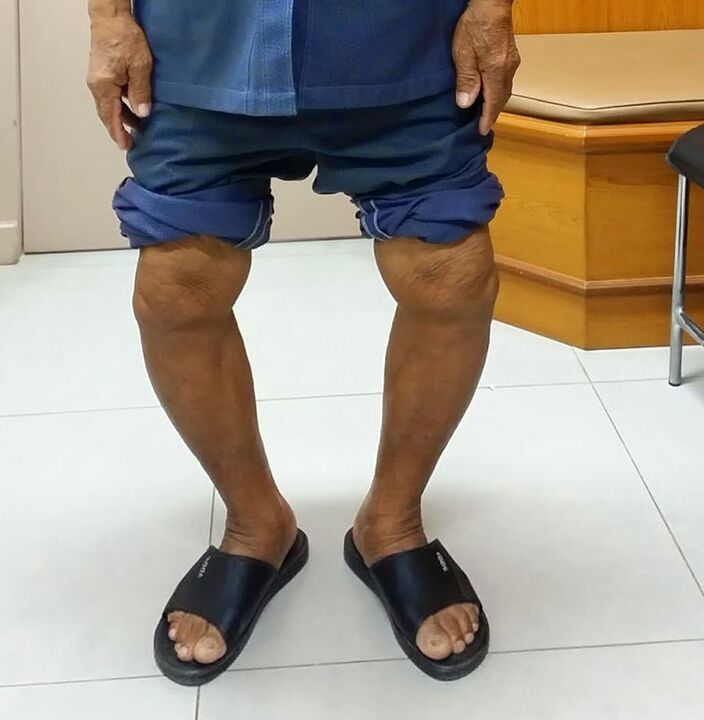
The disease is divided into: primary and secondary knee joint disease according to the cause. Primary arthropathy, or idiopathic, occurs in a perfectly healthy setting. It usually occurs in older adults, mostly in women. Secondary to sedge or infectious disease. Post-traumatic arthropathy can be avoided if inflammation or damage to the knee is promptly eliminated.
Different types of arthropathy of the knee are also classified according to their location:
- Right Arthropathy - This type affects only the right joint and is more common in people who exercise.
- Left Arthropathy - The left joint is affected accordingly.
- Bilateral Knee Arthropathy - Both joints are destroyed, the most severe type of disease, and people fifty and older are susceptible to it.
All these species show little difference in disease process (ie there is always click and pain). But bilateral arthropathy is usually more pronounced because two joints are involved. Also, with any type of this disease, if the form is running, it will be more pronounced and the pain will be more severe. To imagine what the disease looks like, it's best to look at pictures.
interesting! Of all diseases affecting the knee joint, arthropathy occurs in 53% of cases. I mean, it's more than halfway through.
Why does this disease occur? The following are the main reasons for the development of this disease:
- metabolic disorders;
- hormone imbalance;
- endocrine disorders;
- increase the fragility of capillaries;
- overloading and injury;
- genetic and congenital anomalies;
- Inflammatory disease.
Being overweight is considered a major risk factor.
Degree of knee joint disease
There are various degrees of knee joint disease. There are 3 of them, of course, the first one is the very beginning, the performance is very weak, and the last one is a severe deformity of the joint. It may go unnoticed in the first degree of the disease, but treatment can be difficult later on, so you should monitor symptoms carefully:
- The first degree of illness is characterized by mild discomfort and fatigue. Movement may be restricted at times, but very slightly. At this stage, the joint is not deformed yet, but a slight narrowing of the joint space can be seen on the radiograph.
- The second degree presents with more pronounced pain, especially after walking. There are creaking and clicking sounds when changing the position of the joint. At this level, the thigh muscles atrophy and the angle of full flexion of the calf is significantly limited. On an X-ray, you can see the growth of osteophytes and the flattening of the bones.
- 3rd degree severe pain and possible swelling. It may feel like the joint is blocked as the osteophytes can slough off. This is a severe pain that makes it impossible to move independently. As for the X-ray images, deformations, changes in the joints and bones of the legs can be seen.
In the final stages of the disease, treating the joint takes a long time, and it is impossible to completely cure it.
Symptoms of knee joint disease
How to identify knee joint disease? The symptoms of this disease vary, but the main symptom is pain. At first, it can be very weak and irregular, but over time, discomfort increases and walking becomes problematic because after prolonged activity, not only fatigue but also pain occurs.
Symptoms of the disease gradually increase, starting with mild discomfort and weakness in the legs. The following are the main symptoms of knee osteoarthritis:
- tightness under the knee;
- Excessive fatigue after walking;
- Pain and severe pain after activity;
- discomfort after sleeping;
- Creaking and clicking sounds when bending the knee;
- Limb edema;
- Impaired joint mobility;
- lame.
Arthropathy is sometimes complicated by synovitis. Synovitis is inflammation of the lining of the joint. Already in the first stage of arthropathy, this complication can occur. But most of the time it goes away without treatment. And second-degree knee arthropathy can be complicated not only by synovitis, but also by Baker's cyst. In this case, the pain can become very intense and torturous, even at rest.
fact! The most common is posttraumatic arthropathy of the knee. It doesn't happen immediately, but gradually, with regular physical overload. Post-traumatic arthropathy can feel as simple fatigue at first, with pain only over time.
treatment method
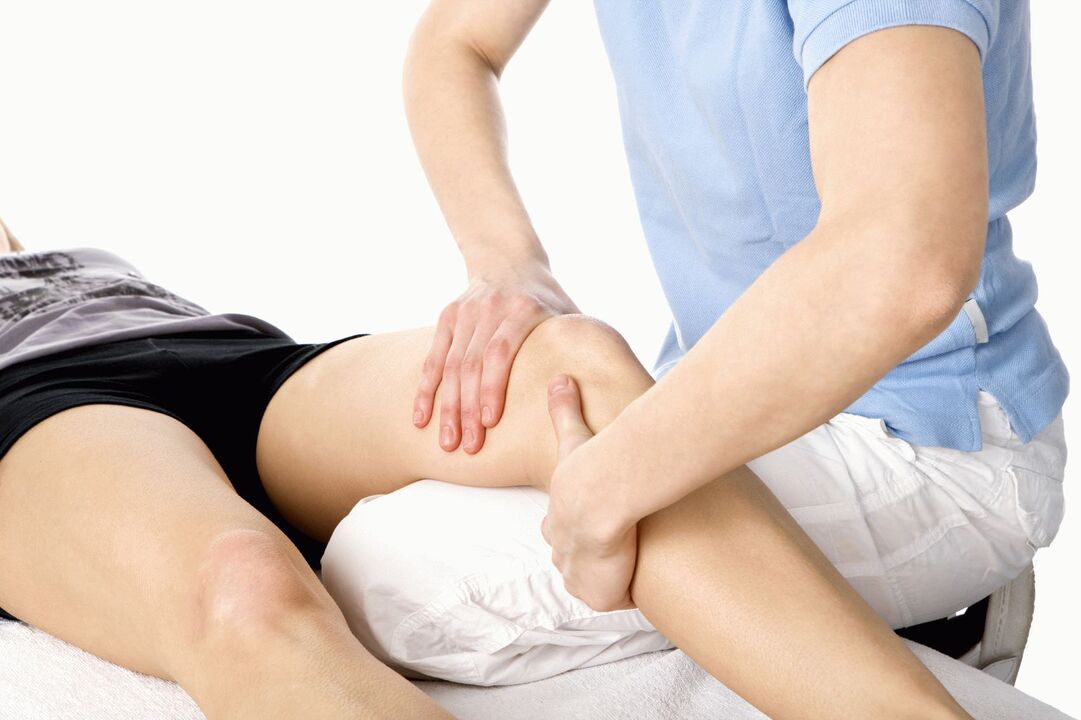
Knee joint disease is an incurable disease, whether unilateral or bilateral. It is impossible to get the joints back to a fully healthy state. However, treatment is necessary, which will help eliminate severe pain and slow the destruction of the joint. Also, it is important to follow your diet. Folk methods are also useful. There are several treatments for this disease.
The following are the main methods used to treat knee osteoarthritis:
- Use medicines - tablets, injections and ointments.
- Physical Therapy - Various physical therapy procedures.
- Therapeutic body training and massage are mandatory methods of treatment and recovery.
Therapeutic and preventive gymnastics are necessary components of treatment. Without regular exercise, it's impossible to regain composition and eliminate pain, especially with forms like bilateral arthropathy (which can lead to disability). Appropriate physical activity will help you deal with the disease faster. But only exercise under the guidance of an experienced coach to avoid aggravating the condition.
medical treatement
What is the main treatment drug? Medication involves the use of the following types of drugs:
- Pain Relief and Anti-Inflammatory Medicines - Eliminate pain, swelling and redness.
- Chondroprotectants are agents that help restore cartilage tissue.
- Medications injected into the joints can relieve inflammation.
- Meaning hyaluronic acid, they are also injected into the joints when the inflammation goes away.
Experts often prescribe external medications to help eliminate unpleasant symptoms. Mostly, these are gels and ointments with a warming effect. They improve blood circulation. According to the instructions, you can lubricate the affected joint several times a day. You can apply gels and ointments in a thin layer, sometimes you need to lubricate lightly, and sometimes you need to wipe off nicely.
What else can relieve joint pain and improve blood circulation? Your doctor may use Dimexide or medical bile as a heat pack. Also, during illness, remedies based on avocado and soy extracts are often used. But treatment with this drug is long - at least six months.
Manual Therapy and Physical Therapy
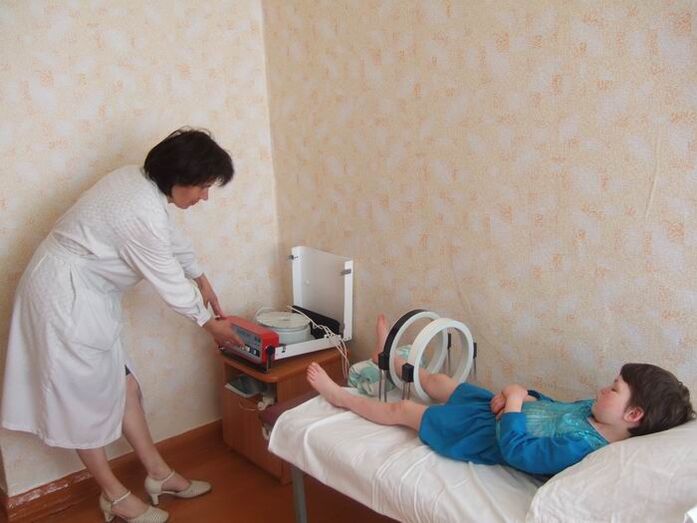
Physical therapy is an effective way to treat arthritis. The procedure improves blood circulation and helps to slow down the destructive process. These procedures are particularly useful for post-traumatic arthropathy. What is the usual prescription for arthritis? These are the procedures:
- magnetic therapy;
- cryotherapy;
- Laser Treatment;
- UFO;
- UHF;
- Paraffin application;
- Neocaine electrophoresis;
- Dual power current.
Regarding manual therapy, it can relieve the patient's condition and prevent cartilage destruction. The following are the main goals pursued by this therapy:
- restore knee function;
- promote overall well-being;
- reduce the manifestations of disease symptoms;
- activate blood flow;
- Helps joint recovery.
Massage is recommended after exercise therapy, when the muscles are warmed up.
There are several methods of manual therapy:
- Swedish - Unique to this method is the combination of joint movement and friction.
- Oriental - normalizes blood circulation.
- Finnish - Similar to Swedish, but with different impact strength and direction of movement.
The choice of which method should be decided by the chiropractor, taking into account the advice of the attending physician. There should be no pain during the session. If discomfort occurs, the specialist is unqualified and you should stop the session immediately or the situation may worsen.
Nuance! During this treatment, not only the damaged area is massaged, but the tissue surrounding it is also massaged.
Folk remedies for arthritis
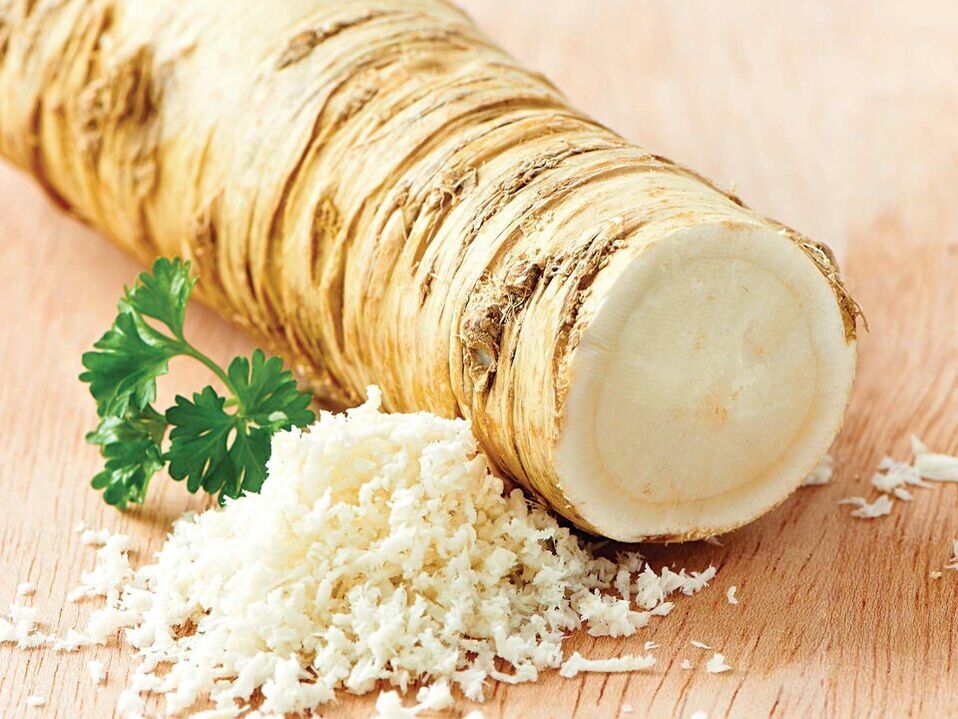
In folk medicine, various ointments and compresses are used. But you can also use some internal tricks. You can choose from several effective recipes and apply them regularly. For the preparation of folk remedies, available products are used. But we must remember that these methods are additional, not fundamental. Therefore, medical treatment is also necessary.
Jerusalem artichoke
An affordable product for effective treatment of knee joint disease. One and a half kilograms of leaves of this plant should be brewed in boiling water (10 liters) for half an hour. While the infusion cools slightly, you should lower the leg with the joint pain. You can perform this procedure every day or every other day.
Honey
Honey dressings help relieve pain and reduce swelling. To do this, lubricate the knee with honey and use a bandage. It has to be worn for a day, then the honey has to be washed off and reapplied with fresh product. The course of treatment is at least four days, or even more. You can also do a honey massage - just massage your knees and put honey on it. The massage should last for a quarter of an hour.
Burdock
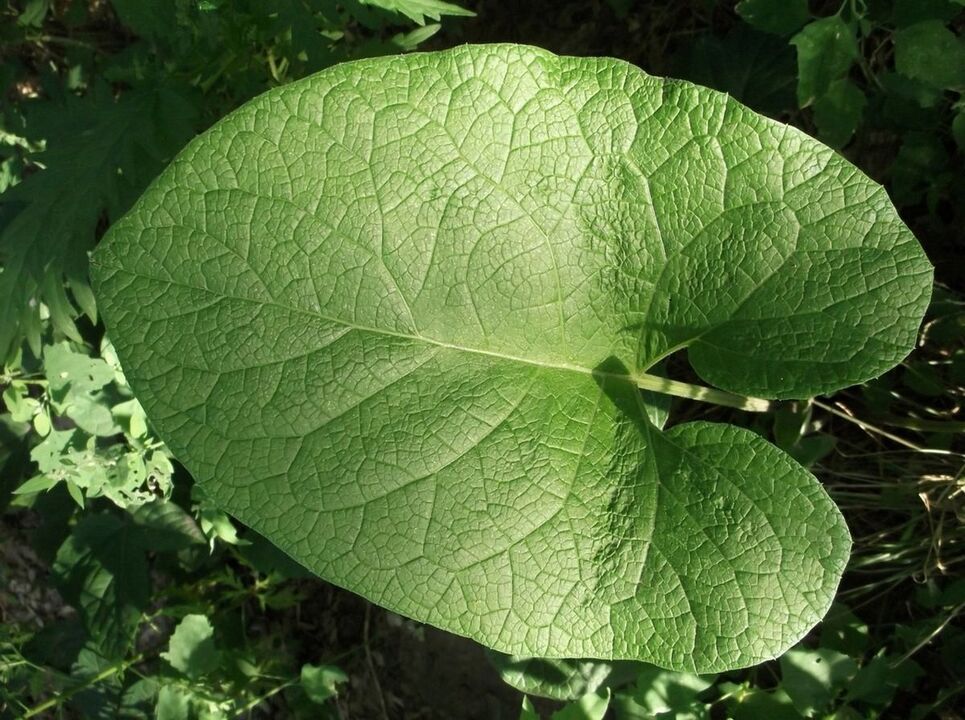
Another affordable product available for knee treatment. You can use burdock for compression. It is necessary to crush the leaves a little so that the juice comes out, and then sprinkle with vodka. Wrap the affected joint in film and insulate. It is necessary to keep this compression overnight. On the second day, apply honey on a burdock leaf and make such a compress, and on the third day, apply the oil with plenty of vodka and garlic. Compression has to be alternated and processed like this for a month.
combination ointment
For severe pain, you can use special ointments. It's easy to prepare. It is necessary to take a tablespoon of hop cones, fresh sweet clover flowers and St. John's wort flowers. Mix one tablespoon of this range with two tablespoons of petroleum jelly and grind well. Before going to bed, you need to rub the ointment on the sore joint.
dandelion
Simple flowers, dandelions, can also be used. Flowers should be washed and dried. Then crush it so that the consistency is like sour cream. The substance must be applied to the joints and covered with polyethylene for several hours. Also, while using this therapy, a lot of physical activity is required, i. e. at least three thousand steps a day.
cherry
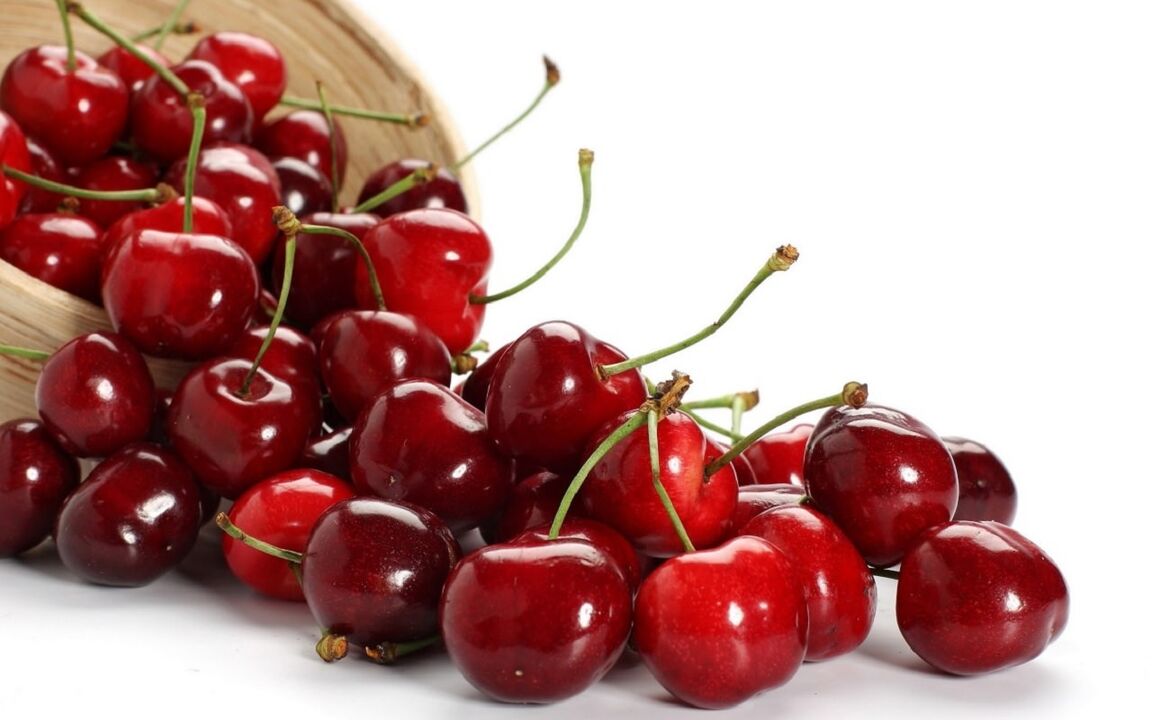
Cherries can be used inside. These berries are helpful for joint diseases, but contraindicated for gastrointestinal problems because these fruits have a sour taste. They can irritate the mucous membranes. For treatment, you need to eat a cup of cherries four times a day, rinsed with warm boiled milk each time. Treatment is long - two months.
nettle
Nettles will also help with this. Half a cup of fresh nettle juice should be mixed with equal parts honey and medical alcohol. All persisted for two weeks in a dark place. After that, you should drink one tablespoon half an hour before meals, diluted with half a glass of water. This must be done 3 times a day.
important! Any herbal and other products should only be used to make therapeutic ointments or drinks if they are not allergic.
recovery prognosis
Since the violation is not dealt with, you have to live with it. But with prompt medical attention and proper diagnosis, it is possible to significantly improve the patient's condition and slow the progression of the disease. Of course, disease progresses with age, but joint disease progresses more slowly if your doctor's recommendations are followed.
It is very important to use not only medicines and ointments, but also other treatments. Therefore, even after the medication is withdrawn, it should be recharged regularly. Massage can be done during the course. For example, every two months. Swimming or biking on a regular basis can be very useful to reduce the burden on your joints.


















